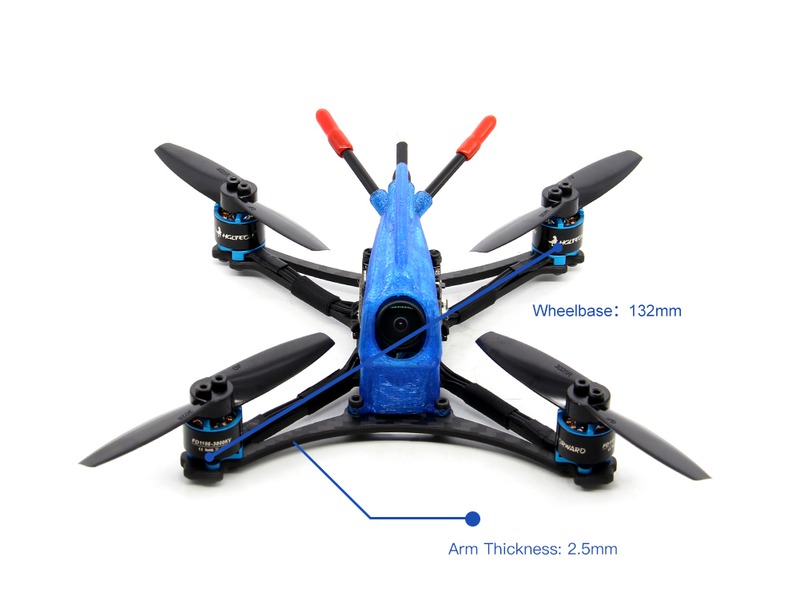Can drones fly as fast as planes?

No, drones cannot fly as fast as planes. This is due to several factors, including the power of the drone’s motors, its aerodynamic design, and the type of battery used to power it.
The power of the drone’s motors is a major factor in determining its top speed. Generally speaking, drone motors are not as powerful as those found on planes, which means that the drone will not be able to reach the same speeds as a plane. Additionally, drones often have multiple rotors, which can provide additional lift, but can also add drag, resulting in slower speeds.
The aerodynamic design of the drone also affects its top speed. Planes have been designed to be aerodynamic, with smooth surfaces and curved wings that reduce air resistance and increase speed. Drones, on the other hand, are often boxy or wedge-shaped, which increases drag and reduces the speed that they can reach.
The type of battery used to power the drone also affects its speed. Planes use powerful jet engines that can generate more thrust than the motors found on drones. While some drones use larger and more powerful batteries, they are typically still not as powerful as a jet engine, resulting in lower top speeds.
Finally, weather conditions can also play a role in determining the top speed of a drone. Planes are able to fly faster in certain conditions, such as when there is less wind resistance. Drones, however, are more affected by wind, and can be slowed down by strong winds, resulting in slower speeds.
In conclusion, drones cannot fly as fast as planes due to their motors, aerodynamic design, battery type, and the weather. While some drones can reach speeds of up to 90 miles per hour, they cannot reach the speeds of a plane, which can reach speeds of up to 600 miles per hour.

